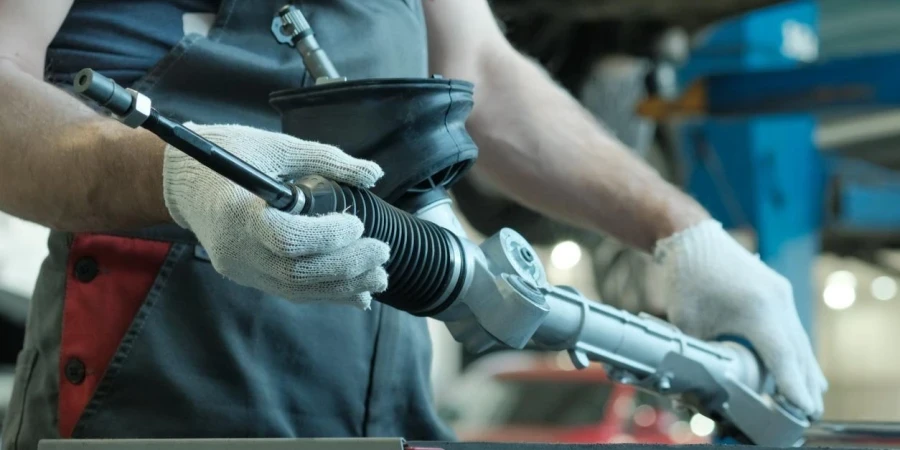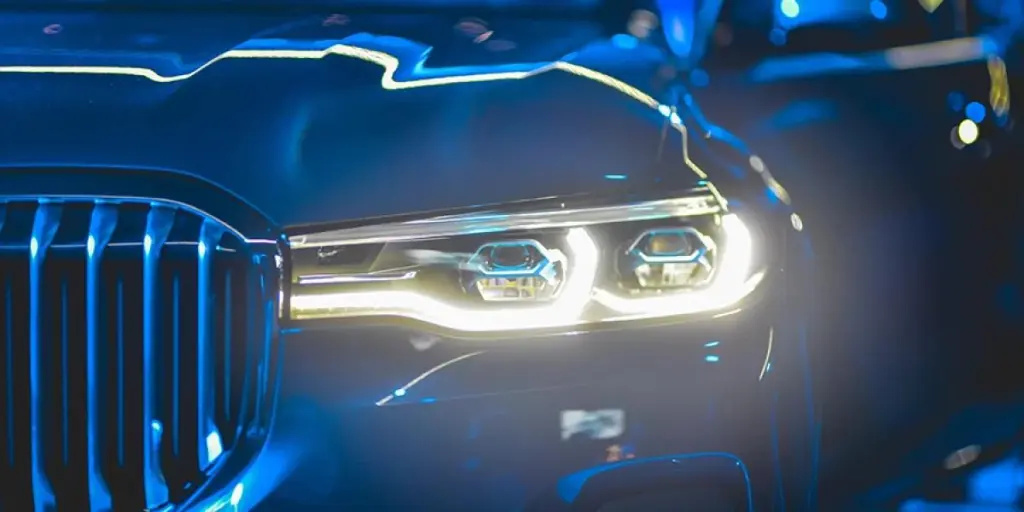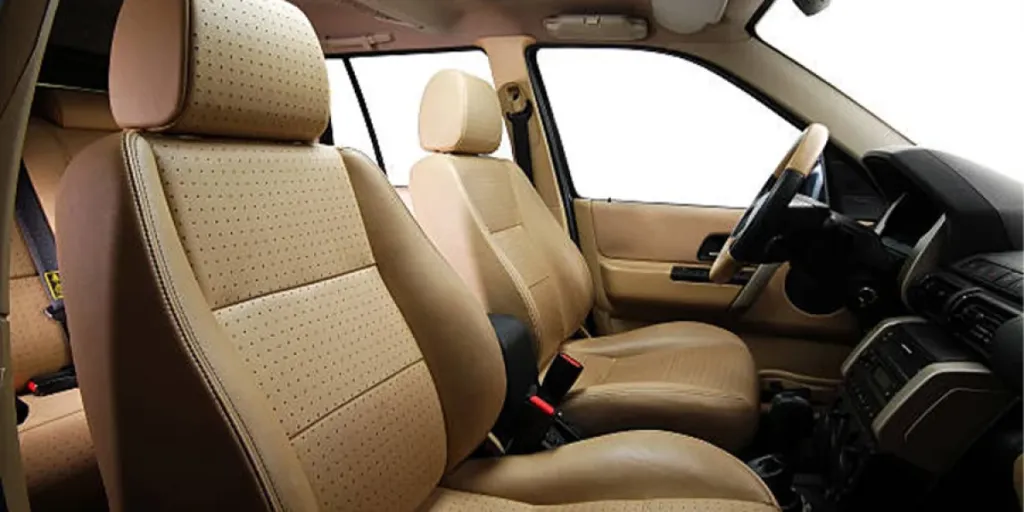Steering gear boots are essential components that protect the steering system from damage caused by dirt, moisture, and debris. By forming a secure barrier around the steering rack and tie rods, these boots prevent premature wear and help maintain smooth vehicle operation. They also play a critical role in extending the lifespan of the steering system by keeping lubricants in place and reducing friction.
With advancements in materials and design, steering gear boots now offer enhanced durability, flexibility, and temperature resistance, making them indispensable for a wide range of vehicles. Choosing the right steering gear boots ensures reliable performance, reduces maintenance costs, and supports overall vehicle efficiency, making them a priority for professionals sourcing high-quality automotive components.
Table of Contents
Understanding steering gear boots: types and applications
What are steering gear boots?
Types of steering gear boots
Common applications
The 2024 market snapshot: trends and innovations
Industry trends
Market growth insights
Key factors to consider when choosing steering gear boots
Material and durability
Fit and compatibility
Maintenance and replacement
Environmental and economic considerations
Top steering gear boots for 2025: models and features
Leading models in the market
Features to look for
Conclusion
Understanding steering gear boots: types and applications

What are steering gear boots?
Steering gear boots, often referred to as gaiters, are essential components designed to protect the moving parts of a vehicle’s steering system. These flexible covers shield critical elements, such as the steering rack and tie rods, from contaminants like dirt, moisture, and debris, which can cause premature wear and compromise functionality. By maintaining a clean and secure environment, steering gear boots help ensure smooth and reliable operation. They also retain lubricants within the system, reducing friction and extending the lifespan of the steering mechanism, making them indispensable for vehicle performance and durability.
Types of steering gear boots
Steering gear boots are crafted from a range of materials to meet different vehicle requirements. Rubber boots are a cost-effective and widely used option, valued for their flexibility and durability in standard passenger vehicles. Thermoplastic boots, on the other hand, are lightweight and highly resistant to extreme temperatures, making them ideal for vehicles operating in harsh conditions. These also offer excellent chemical resistance, adding to their longevity. Silicone boots, the premium choice, are tailored for high-performance applications. Known for their superior flexibility, even in cold temperatures, and exceptional resistance to aging and wear, silicone boots are perfect for vehicles demanding maximum reliability and precision. Each material type addresses specific needs, ensuring optimal protection and performance.
Common applications
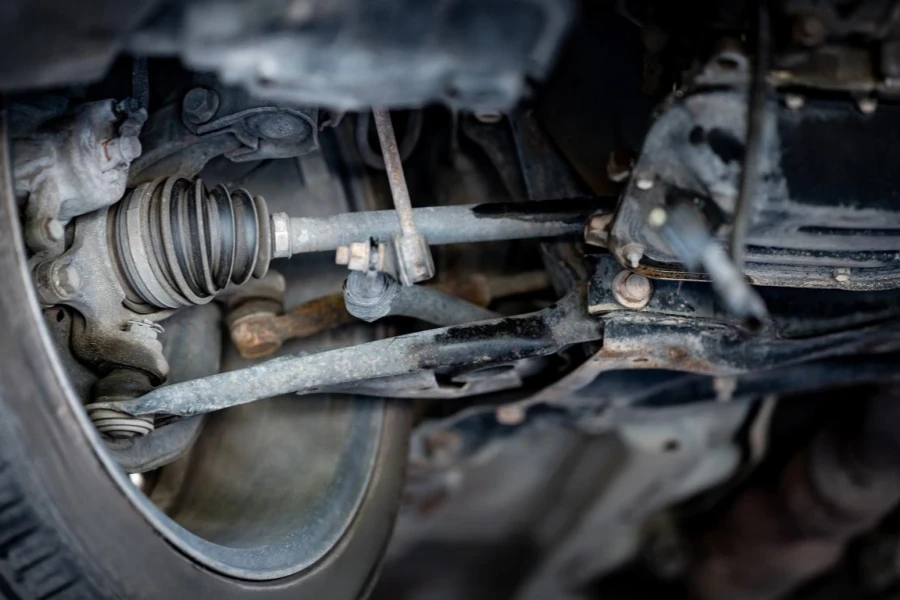
Steering gear boots serve critical roles across various vehicle types. In commercial vehicles, such as trucks and buses, they endure the intense demands of heavy-duty operations, ensuring consistent performance and durability. For passenger cars, these boots safeguard steering components from daily wear and environmental factors, promoting safety and enhancing the driving experience. High-performance models, including sports cars, utilize advanced materials like silicone to withstand the rigors of precision steering, high-speed demands, and aggressive maneuvers. By adapting to the unique requirements of different vehicles, steering gear boots ensure the reliability and efficiency of the steering system, supporting long-term functionality and safety.
The 2024 market snapshot: trends and innovations
Industry trends
According to a report by Dataintelo, the global car steering rack boot market was valued at approximately USD 1.2 billion in 2023 and was projected to reach around USD 2.1 billion by 2032, growing at a compound annual growth rate (CAGR) of 6.2% from 2024 to 2032. In 2024, the market witnessed a significant shift toward environmentally sustainable materials and production methods. Stricter environmental regulations and growing demand for eco-friendly automotive components drove this transformation. Manufacturers adopted advanced materials designed to reduce environmental impact without compromising performance. Concurrently, innovations in material science, such as enhanced polymers and composites, produced steering gear boots with improved durability and resistance to extreme conditions. Modernized manufacturing processes like precision molding and automation further lowered costs and improved consistency, aligning with both environmental and economic goals.
Market growth insights

The adoption of advanced steering technologies shaped the demand for steering gear boots in 2024. Technologies like electric power steering (EPS) and steer-by-wire systems, increasingly present in electric and autonomous vehicles, required specialized boots designed to meet evolving performance and compatibility standards. This trend highlighted the need for steering gear boots that aligned with cutting-edge steering systems. Maintenance-friendly features also gained traction, especially among fleet operators and automotive workshops. Universal fit designs, quick-assembly mechanisms, and longer-lasting materials became popular as they helped reduce downtime and maintenance costs. These developments in 2024 underscored the market’s focus on innovation, adaptability, and cost-efficiency, setting the stage for continued growth in 2025 and beyond.
Key factors to consider when choosing steering gear boots
Material and durability
Selecting the appropriate material for steering gear boots is crucial for ensuring longevity and optimal performance. Rubber boots are widely used due to their flexibility and cost-effectiveness, making them suitable for standard driving conditions. However, they may not offer the same level of durability as other materials. Thermoplastic boots provide enhanced resistance to extreme temperatures and chemicals, making them ideal for vehicles operating in harsh environments. Silicone boots, known for their superior flexibility and resistance to aging, are often chosen for high-performance applications where durability is paramount. Understanding the specific requirements of the vehicle and operating conditions is essential when selecting the material to ensure the steering system remains protected over time.
Fit and compatibility
Ensuring a precise fit for steering gear boots is vital to maintain the integrity of the steering system. Accurate measurements of diameter, length, and tie rod sizes are necessary to select a boot that fits securely and functions effectively. Consulting detailed size charts provided by manufacturers can assist in identifying the correct specifications. An improper fit can lead to contaminants entering the steering mechanism, resulting in premature wear and potential failure. Therefore, careful attention to fit and compatibility is essential to uphold the performance and safety of the vehicle.
Maintenance and replacement
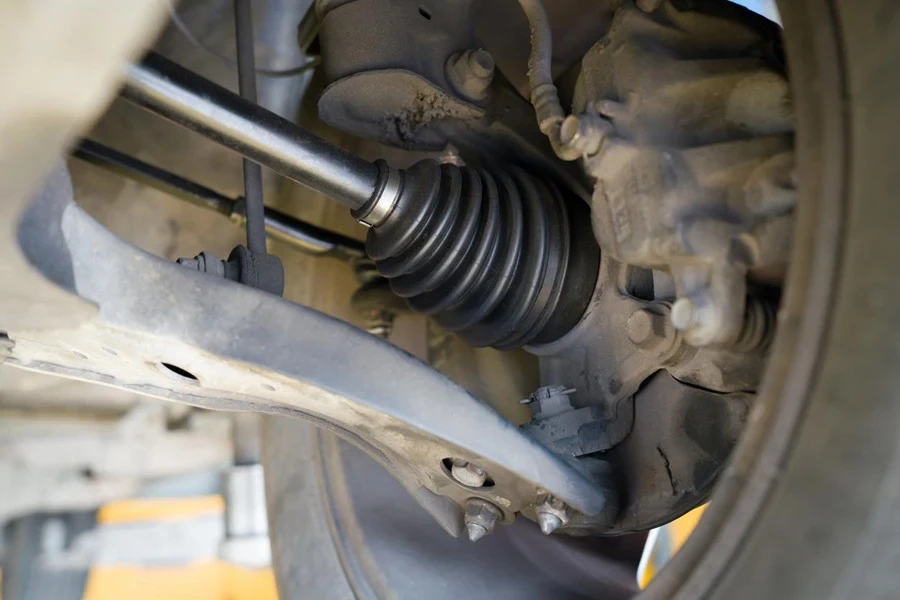
Regular inspection of steering gear boots is essential to identify signs of wear and prevent potential steering system issues. Indicators such as cracking, splitting, or oil-soaked boots suggest that the boot’s integrity has been compromised. Timely replacement of damaged boots is crucial to prevent contaminants from entering the steering system, which can lead to more severe mechanical problems. Establishing a routine maintenance schedule that includes checking the condition of steering gear boots can help in early detection of issues and prolong the lifespan of the steering components.
Environmental and economic considerations
Incorporating environmental and economic factors into the selection process of steering gear boots is increasingly important. Opting for products made from sustainable materials aligns with global efforts to reduce environmental impact. Additionally, evaluating the cost-effectiveness of premium versus budget options involves considering not only the initial purchase price but also the longevity and performance of the product. Premium materials may offer longer service life and better protection, potentially reducing long-term maintenance costs. Balancing environmental responsibility with economic practicality ensures a thoughtful approach to selecting steering gear boots that meet both performance and sustainability goals.
Top steering gear boots for 2025: models and features
Leading models in the market
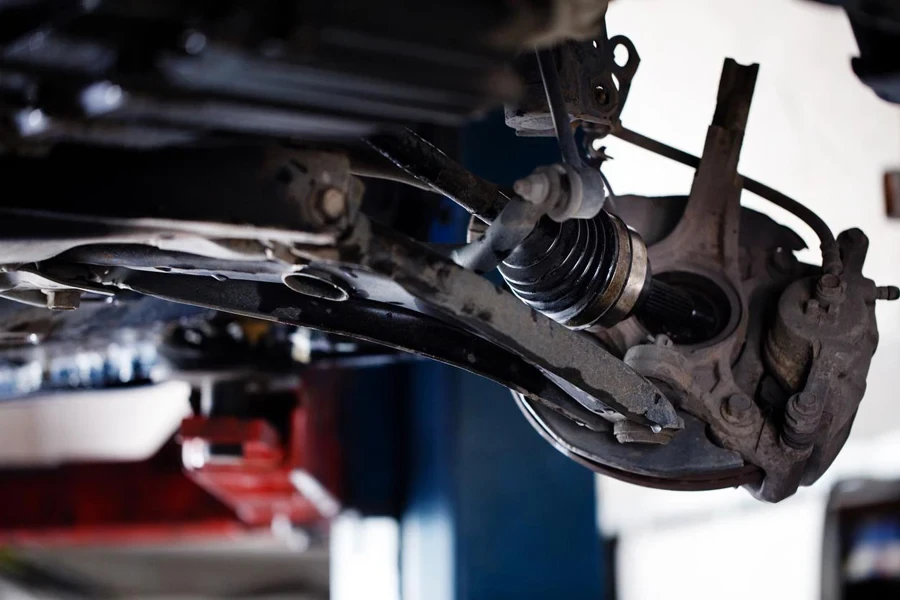
In 2025, several steering gear boots are recognized for their excellent quality, durability, and innovative designs. These products demonstrate advancements in material technology, focusing on enhanced resistance to wear and environmental stress. High-performance models are constructed using advanced thermoplastics or silicone, offering superior flexibility and long-lasting durability under extreme conditions. Additionally, some boots feature designs tailored for precise compatibility with modern steering systems, ensuring optimal performance and easy integration. The focus on quality and efficiency highlights the industry’s commitment to producing products that meet diverse vehicle requirements while prioritizing longevity and reliability.
Features to look for
Key features play a critical role in determining the functionality and performance of steering gear boots. Tear resistance is a primary consideration, as it prevents damage caused by road debris or mechanical stress, ensuring the boot’s protective function is maintained over time. High-temperature tolerance is equally essential, as it allows the material to perform consistently in extreme weather or demanding driving conditions without cracking or hardening.
Ease of installation is another crucial feature, with designs that simplify replacement processes significantly reducing labor costs and vehicle downtime. Steering gear boots with enhanced attributes, such as pre-lubrication, reduce the need for frequent maintenance by supporting consistent lubrication of the steering components. Universal fit options are increasingly valued for their ability to accommodate various vehicle models, offering greater versatility and reducing the need for extensive inventories. By focusing on these features, businesses can choose steering gear boots that deliver robust performance, long-term value, and adaptability across different automotive applications.
Conclusion
Selecting the right steering gear boots is essential for maintaining vehicle performance and ensuring long-term reliability. Understanding the various types, such as rubber, thermoplastic, and silicone, helps match the material to specific needs, while keeping an eye on market trends highlights innovations in durability and eco-friendly designs. Key factors like fit, compatibility, and maintenance ease simplify the decision-making process, while advanced features such as tear resistance and pre-lubrication enhance efficiency. Investing in high-quality steering gear boots not only safeguards the steering system but also reduces maintenance costs, ensuring vehicles remain reliable and efficient in diverse operating conditions.
